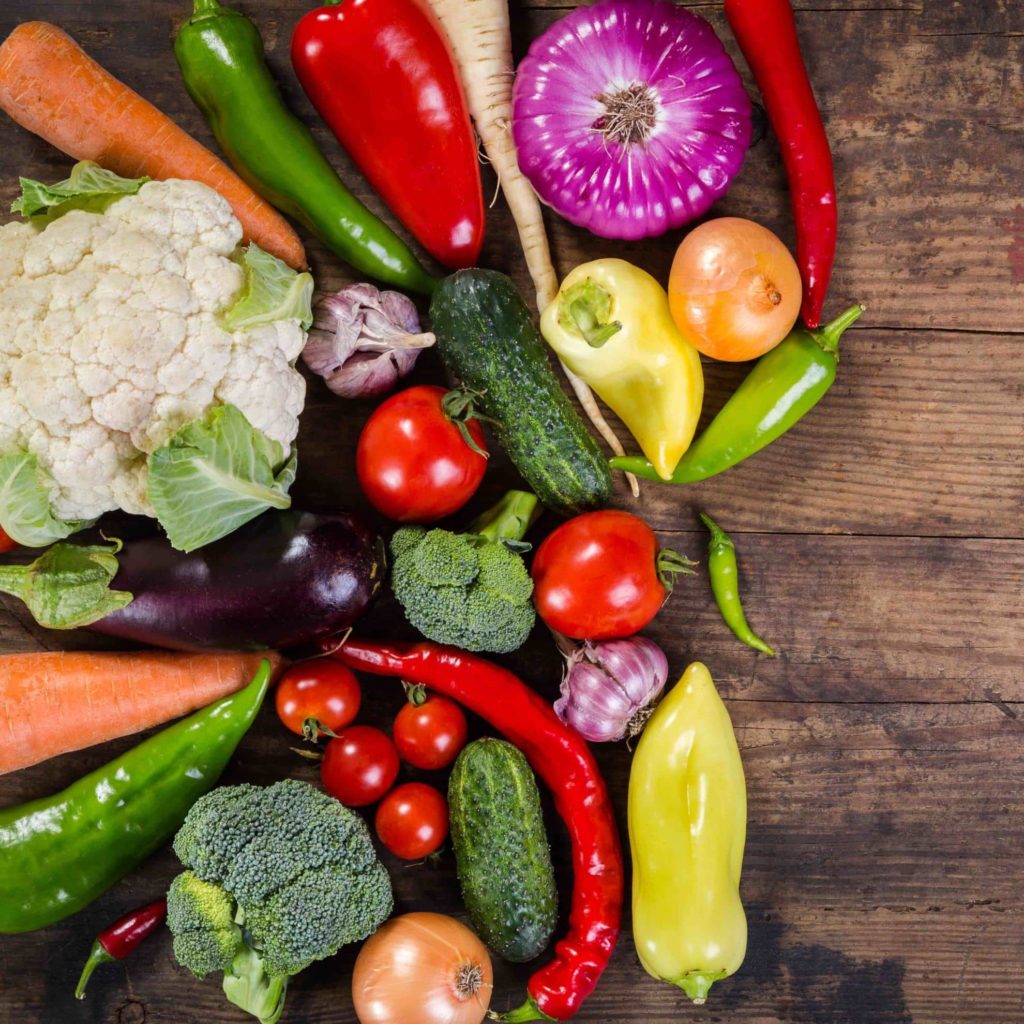Contributed by Will Archer, Chief Technology Officer
You most likely have heard about Lean Six Sigma methodology at some point in your career. While the methods were originally designed for the manufacturing business, restauranteurs can greatly benefit from the methodologies to improve your biggest pain points: food and labor costs.
Six Sigma process improvement was pioneered by Motorola and GE and focuses on applying a scientific approach to solving difficult problems such as poor quality, low or variable output, and downtime.
Lean Six Sigma is a practice that streamlines business processes, eliminates defects, and reduces waste; ultimately improving customer satisfaction by creating a consistent product that you can get into the customers’ hands quickly. Below are three major benefits of applying Lean practices in your restaurant.
Streamlined business processes
As operators or managers, you are always looking for ways to make your processes more efficient. Done correctly, the rules of Lean Six Sigma put products into customers’ hands more quickly.
The first step is to identify the root cause of the issues that are at hand. We often confuse the symptoms with the real problem. For example, having long ticket times or slow table turns may feel like an issue you are experiencing, when actually it is a symptom of another problem that has yet to be found. Start by spending time in each area of your restaurant to identify bottlenecks, then creating processes and/or checklists to fix those issues.
Observe the floor. Do you have tables sitting open that are dirty while guests are waiting? Perhaps you need a process in place during busy shifts to ensure pre-bussing and table bussing to improve seating flow.
Follow a server during a peak shift. Are the server stations easy to use? Can your staff quickly get in and out of them while keeping an eye on their guests? While many operators feel that it is important to keep server stations out of sight, the time spent running back and forth can really add up over the course of a shift, resulting in slower service.
Work a busy shift in the kitchen. Many back-of-house (BOH) workers simply won’t speak up about how the line is set up when there is an issue. They may just assume the kitchen layout has to be the way it is. But what if you can shave minutes off the plating process by moving the salad station closer to the walk-in? Think of assembly lines when setting up the flow of the kitchen. Arranging the stations in the order that the work will be performed will reduce chaos during busy shifts and get food to the tables faster.
Reduced waste
One law of lean is to practice push vs. pull system. In a “push” system your menu items would be produced in mass ahead of time potentially resulting in excess, which can lead to waste. In contrast, in a “pull” system the product is made when the customer needs it; otherwise known as “just in time” (JIT) preparation. When you dial in your forecasting and know that you will have approximately 50 tables on a typical Thursday lunch shift, you focus on prepping and staffing for just those 50 tables.
Over time, the pull (JIT) system can also help you reduce waste by lowering your inventory and reducing days on hand (DOH) inventory because you know how much product you need and when you will need it. This is especially important for farm-to-table establishments that get smaller deliveries more often to ensure the highest quality of product freshness.
Improvement in customer satisfaction
Lean Six Sigma relies on capturing the “voice of customer “(VOC) to improve customer satisfaction. VOC is important to define expectations and preferences regarding both food and service. Comment cards, manager table visits, and customer advisory boards or focus groups are a great way to understand how customers perceive your restaurant business and find ways that you can improve their perception if necessary. The VOC can also be very helpful when planning out a seasonal menu. Learning what a customer would like to see on your menu is certainly easier and less expensive than going the trial and error route.
Conclusion
One of the most important concepts in Lean Six Sigma is continuous improvement through ongoing monitoring and measuring. It is also important that key processes are being used consistently across all shifts to fully reap the benefits. Keep in mind that the results are supposed to be incremental which may be slower than we want – but stick with it and you will get the desired results.
If you would like to adopt the Lean Six Sigma methodology in your restaurant group, consider a comprehensive, restaurant-specific management solution to easily track data and gain insight into your restaurant data to increase efficiency and boost profits. Restaurant365 is an all-in-one restaurant management system incorporating reporting tools, restaurant accounting software, restaurant operations software, inventory management software, payroll + HR software, and scheduling software into a cloud-based platform that’s fully integrated with your POS system, as well as to your food and beverage vendors, and bank.


